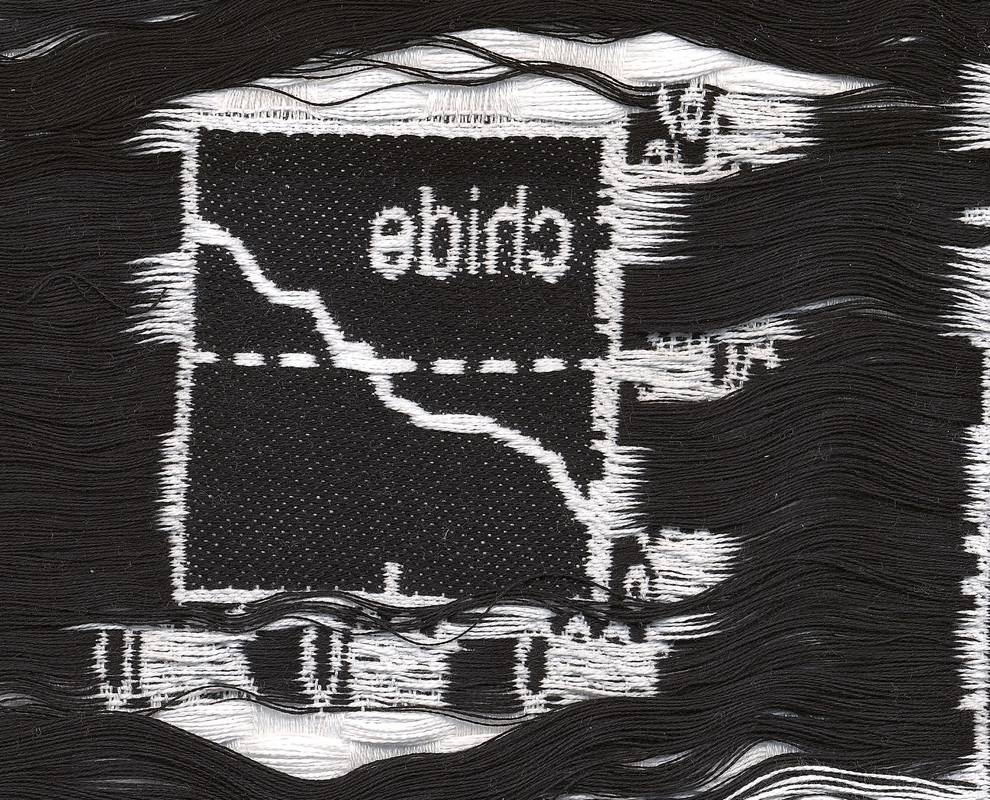ARCHIVE: QUANTITATIVE ANALYSIS OF CULTURE USING MILLIONS OF DIGITIZED BOOKS (GRAPH)Submitted image (click to enlarge): Quantitative Analysis... (graph)
|
Submission title: Quantitative Analysis of Culture Using Millions of Digitized Books
Submitted by: Hossein Ghayoor Participant’s field of work/interest: Engineering Sciences Participant’s Image Description: "I am by practice in engineering sciences but I am enthusiastic about linguistics and study it as a personal passion. The image is from a short paper that appeared in Science, called, Quantitative Analysis of Culture Using Millions of Digitized Books. This graph shows a bit of the collective history of English speakers. We can understand how irregular verbs (the ones shown in the graph) have evolved in a span of 175 years. For example, one interpretation is that the words on the upper left triangle (if we draw a diagonal imaginary line from left-bottom corner to top-right corner and split it in two triangles) became more regular and the ones in the bottom right triangle became more irregular. We can see that on average irregular verbs have became more regular. English language is gradually becoming more regular: the word 'sneaked' is more popular than 'snuck'. To me, it's a good thing. We are getting rid of unnecessary complications collectively. Perhaps, English language is becoming less pretentious." Translation and weaving by [name]. |
|
Pointcarré weaving simulation (click to enlarge).
Translation to Weaving
All of the research assistants who took a look at this graph with me had an extremely hard time deciphering its content and the results it was illustrating. Though it does indeed pack in a ‘substantial amount of data,’ in terms of data visualization, it is profoundly un-user-friendly, almost opaque without a long written explanation to accompany it. When I finally figured out what the four different quadrants actually meant in terms of verb-use, I thought these results could be illustrated better (or more intuitively) materially and visually. I used un-woven and loosely-woven areas to represent the shifts in verb-regularity over time that this graph represents. The completely unwoven quadrant holds verbs that have since 1800 always most-often been used in their irregular forms. The tightly woven quadrant holds verbs usually employed in their regular form, and the other two show verbs whose use has transitioned since 1825. By representing this information visually, the reference text for the x and y axes was no longer needed. The verbs themselves are tightly woven, holding together the various fields classifying them.
- Sophia |
Weaving structures - click to access full set of structures - available to WDRG members only.
Technique and Process Notes
This idea was very difficult to execute due to the huge differences in tension and tightness required by the alternation of unwoven and compacted areas. In hopes of keeping the text legible even in the irregular areas, I used a thinner black weft at double the resolution of the white. With this differential weft weight, there are two lines of black in between each line of white. Having worked out tests with a black and white at the same weight, and being unsatisfied with the results, I had to develop completely different structures to achieve the right look with this new selection of wefts. The weave structures for black text in the unwoven sections had to be different than that for text in the solid sections, because they pack down at drastically different rates.
- Sophia |
Colour reduction for weaving design (click to enlarge).
Outcome Notes
This type of experimentation only worked at this rather small scale. Even so, I had huge problems with threads breaking from irregular usage across the warp. A more careful development of the selvedges would have saved me a great deal of time spent repairing broken threads. I also should have taken care to leave a wider angle of weft at each pass, because the weaving pulled in quite a lot, which also put a strain on the selvedges. Still, I was able to finish the weaving and the results are quite interesting, and worth the trouble.
- Sophia Original Dimensions: 987 x 824 px Number of Picks: 2820 Woven Dimensions: 19” x 20” Weaving Density: 148 ppi Threads Used: Warp is white 2/16 mercerized cotton. Wefts are: white 2/8 cotton and black 2/16 cotton. |
Images of Final Woven Samples
FRONT, ABOVE (click to enlarge).
BACK, BELOW (click to enlarge).
BACK, BELOW (click to enlarge).
FRONT AND BACK DETAILS (click each to enlarge).








